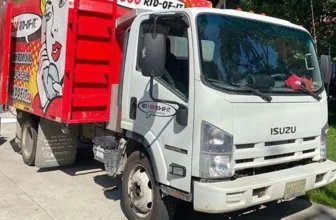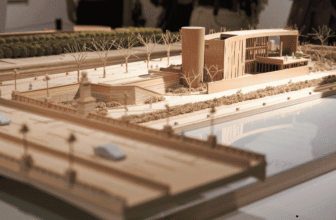
The valve industry is undergoing a significant transformation, driven by the advent of metal 3D printing, also known as additive manufacturing (AM). This innovative technology is reshaping how valves are designed, manufactured, and utilized across various industries. By offering unprecedented design freedom, improved performance, and streamlined production processes, metal 3D printing is unlocking a new era of valve technology. This article explores the key advantages of this transformative approach and its profound impact on the future of valve manufacturing.
The Limitations of Traditional Valve Manufacturing
Traditional valve manufacturing methods, such as casting, forging, and machining, have served the industry for decades. However, these techniques come with inherent limitations. They often restrict design complexity, making it challenging to create intricate internal geometries that optimize fluid flow and performance. Furthermore, traditional methods can be time-consuming and costly, particularly for producing small batches or customized valves. The tooling and setup required for these processes can also lead to longer lead times and higher production costs.
Unlocking New Possibilities with Metal 3D Printing
Metal 3D printing offers a paradigm shift in valve manufacturing, overcoming many of the limitations of traditional methods. By building parts layer by layer from metal powder, AM enables the creation of complex geometries and internal channels that were previously impossible to manufacture. This design freedom opens up a world of possibilities for optimizing valve performance and efficiency.
Key Advantages of Metal 3D Printing for Valves:
- Optimized Flow Through Complex Channels: One of the most significant advantages of metal 3D printing is its ability to create intricate internal designs. This allows engineers to optimize fluid dynamics within the valve, reducing pressure drops and improving flow rates. By designing complex channels and lattice structures, it’s possible to minimize turbulence and maximize efficiency. For instance, hydraulic manifolds produced with AM can be significantly lighter and more compact while offering improved flow and fewer leakage points. This is particularly beneficial in applications where space and weight are critical considerations.
- Fast Prototyping and Short Lead Times: Metal 3D printing dramatically accelerates the prototyping process. Traditionally, creating prototypes could take months, involving complex tooling and machining. With AM, prototypes can be produced in a matter of days, enabling rapid design iterations and faster time to market. This agility allows engineers to test and refine designs quickly, leading to improved product performance and reduced development costs. This also facilitates quicker responses to changing market demands and customer needs.
- Lightweight and Cost-Effective Production: By optimizing designs and minimizing material usage, metal 3D printing can significantly reduce the weight of valve components. This is particularly advantageous in industries such as aerospace and automotive, where weight reduction is crucial for fuel efficiency and performance. Additionally, AM can reduce material waste compared to traditional subtractive manufacturing methods, leading to lower material costs. The ability to produce parts on demand also reduces the need for large inventories, further contributing to cost savings.
- Enhanced Design Flexibility: Metal 3D printing empowers engineers with unprecedented design freedom. They are no longer constrained by the limitations of traditional manufacturing processes. This allows for the creation of compact, integrated systems with fewer components, reducing assembly time and improving reliability. Complex internal features, such as integrated sensors and cooling channels, can be incorporated directly into the valve design, further enhancing functionality and performance.
- Improved Reliability: Optimized designs with fewer failure points enhance performance and improve reliability. By consolidating multiple parts into a single 3D-printed component, the number of joints and connections is reduced, minimizing potential leak paths and improving overall robustness. This is particularly important in critical applications where valve failure can have significant consequences.
- Competitive Advantage: Quick prototyping and agile manufacturing processes provide a significant competitive advantage. Companies that adopt metal 3D printing can bring products to market faster, respond more quickly to customer demands, and offer customized solutions tailored to specific needs. This agility can be a key differentiator in today’s rapidly evolving market.
Vexma Technologies and the Future of Valve Manufacturing
Companies like Vexma Technologies are at the forefront of this revolution, leveraging metal 3D printing to develop innovative valve solutions for various industries. By embracing this cutting-edge technology, Vexma Technologies and other industry leaders are pushing the boundaries of valve design and performance, paving the way for a future where valves are lighter, more efficient, and more reliable than ever before. The ability to create highly customized valves for specific applications is also a significant advantage, particularly in specialized industries such as oil and gas, aerospace, and medical.
Conclusion
Metal 3D printing is transforming the valve industry, offering a powerful combination of design freedom, performance improvements, and streamlined production processes. By overcoming the limitations of traditional manufacturing methods, AM is unlocking new possibilities for valve design and functionality. As the technology continues to mature and become more accessible, its adoption is expected to accelerate, further revolutionizing the valve industry and shaping the future of fluid control. The benefits of optimized flow, fast prototyping, lightweight designs, and enhanced reliability are driving a shift towards this advanced manufacturing technique, promising a future of more efficient, reliable, and customized valve solutions.







